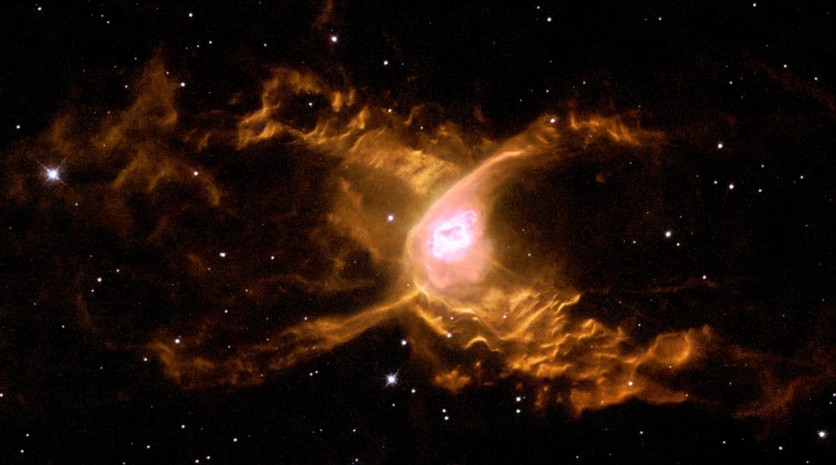The oldest dead star known to have hosted a system of rocky planets has been discovered, only 90 light-years from Earth. This study is illuminating the composition of planets that first formed about 11 billion years ago, as reported first by Space.com.

The majority of stars, including our Sun, will eventually become white dwarfs. A white dwarf is a star that has burned through all of its fuel, discarded its outer layers, and is presently condensing and cooling. Any planets in orbit will be disturbed and may even be destroyed during this process. The debris will remain on the white dwarf's surface to accrete.
The astronomers modeled two peculiar white dwarfs discovered by the European Satellite Agency's (ESA) GAIA space observatory for this study.
The researchers also looked at the two planetary debris-polluted stars, finding that one was unusually blue and the other was the weakest and reddest star ever found in the nearby galactic area.
Red and Blue Star
According to spectroscopic and photometric data from GAIA, the Dark Energy Survey, and the X-Shooter instrument at the European Southern Observatory, the "red" star WDJ2147-4035 is about 10.7 billion years old, and it took 10.2 billion years to cool as a white dwarf.
The researchers made the oldest metal-polluted white dwarf discovery to date by analyzing the spectra from WDJ2147-4035 and detecting the presence of the metals sodium, lithium, and potassium as well as a possible sign of carbon accretion.
WDJ1922+0233, the second "blue" star, is only marginally younger than WDJ2147-4035 and was contaminated by planetary material with a makeup close to the continental crust of Earth.
The scientific team concluded that WDJ1922+ 0233's mixed helium-hydrogen atmosphere is what gives it its unusually blue color despite its cold surface temperature.
Earliest Planetary System
According to astronomers, the WDJ2147-4035 red star's debris, which was found in its nearly pure-helium and high-gravity atmosphere, came from an old planetary system that endured the star's transition into a white dwarf.
The team claims that this is the earliest planetary system around a white dwarf ever found in the Milky Way.
"These metal-polluted stars show that Earth isn't unique, there are other planetary systems out there with planetary bodies similar to the Earth. 97% of all stars will become a white dwarf and they're so ubiquitous around the universe that they are very important to understand, especially these extremely cool ones," lead author Abbigail Elms said in a press release statement.
Elms emphasized that white dwarfs shed light on the evolution and formation of planetary systems around the earliest stars in the Milky Way.
The results add to the evidence that rocky planets were capable of forming in large numbers in the past, despite the universe's lack of heavy elements at that time, as those components had to be built up by each generation of stars.
The study was released on November 5 in the Monthly Notices of the Royal Astronomical Society.
This article is owned by Tech Times
Written by Jace Dela Cruz
ⓒ 2025 TECHTIMES.com All rights reserved. Do not reproduce without permission.




